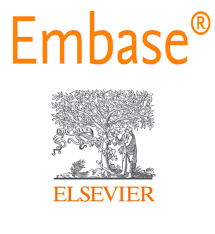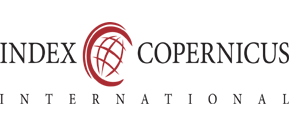EPIDEMIOLOGICAL STUDY ON RENAL STONE FORMATION AND ASSOCIATED RISK FACTORS AMONG ADULTS AT A TERTIARY CARE CENTRE
Keywords:
Renal Stone, Risk Factors, UTI, Calcium oxalate, DietAbstract
Background: Renal stone disease, or urolithiasis, remains a significant public health concern in India, with increasing prevalence due to lifestyle and dietary changes. Urolithiasis affects approximately 10-15% of the global population and has shown a progressive rise in incidence, particularly in developing nations like India where climatic and lifestyle factors play a substantial role. The study aimed to evaluate the demographic, clinical, and biochemical characteristics associated with renal stone formation among adults. Material and Methods: A cross-sectional observational study was conducted involving 300 adult patients diagnosed with renal stones at a tertiary care center in the Department of nephrology. Data were collected on demographics, risk factors, clinical presentation, and stone characteristics including crystal composition and urinary findings. Results: The median age of incidence was 31 years, with a male predominance (72%). Major risk factors identified were a positive family history (65%), occupational dehydration (59%), and personal history of stones (53%). Common clinical presentations included recurrent flank pain (96%), gross hematuria (61%), and renal colic (41%). Among the 180 patients analyzed for stone type, calcium oxalate stones were most prevalent (75%), followed by calcium phosphate (15%), uric acid (7%), and struvite (3%). Calcium oxalate stones were associated with younger males, family history, and acidic urine. Uric acid stones correlated with diabetes and obesity, while struvite stones were linked to UTIs and urinary tract anomalies. Awareness of dietary and fluid intake modification was notably low. Conclusion: The study highlights the multifactorial nature of renal stone formation, with modifiable risk factors such as hydration, diet, and metabolic disorders playing a key role. Early identification and preventive education, especially regarding dietary habits and fluid intake, can help reduce disease burden. Further studies and public health strategies are needed to address recurrence and prevention effectively.
.png)









